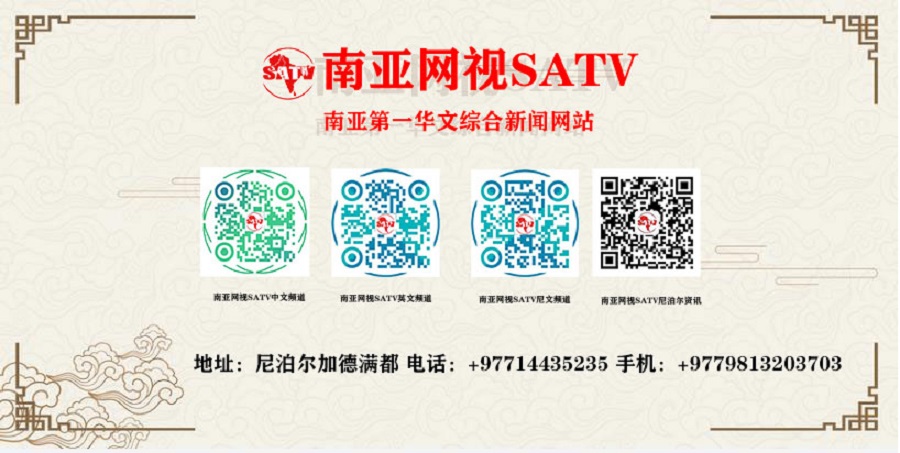
The Hulaki road links the southern belt of the Tarai from Nepal’s east to west. Post File Photo
The Nepal Electricity Authority is preparing to construct a 400kV transmission line along the Postal Highway as an alternative to the 400kV transmission line being built along the East-West Highway.
The proposed transmission line, according to the state-owned power utility, will work as an alternative to ensure east-west flow of power in the event of the power line along the East-West Highway breaking down.
NEA officials believe the new transmission line will also help the industrial firms along the postal highway and also provide a shorter alternative to cross-border power trade.
“We have already assigned a consultant to conduct a study on the project’s feasibility,” said Kul Man Ghising, managing director of the NEA. “The capacity of the proposed transmission line is 220kV, but it can be upgraded to 400kV if needed.”
Ghising said that the NEA proposed the transmission line along the Postal Highway as an increasing number of industrial firms are being established in the area.
The 975-km highway stretching from east to west connects the inner areas of 20 districts of southern Tarai. The project also includes another 817 kilometres of roads that will connect all Tarai districts.
“As the proposed transmission lines will be closer to the border with India, it will be easier to develop cross-border connectivity for energy trade between the two countries,” Ghising added.
Officials at the NEA say that as there have been talks about creating an integrated sub-regional electricity system involving Bangladesh, Bhutan, India and Nepal (BBIN), more and easier connectivity with India is necessary to ensure a smooth and large scale electricity trade between Nepal and South Asian countries.
The transmission line along the postal highway will help provide multiple transmission connectivity between Nepal and India because of the shorter distance.
According to Ghising, the proposed transmission line is part of a wider plan to develop high-capacity transmission line projects by considering the future demands for electricity. The NEA will construct the transmission line from east to west in several phases.
In the first phase, the NEA will construct transmission lines from Anarmani, Jhapa to Parwanipur, Bara along the Postal Highway whose length will be around 350km, according to Dirghayu Kumar Shrestha, chief of the transmission directorate at the NEA.
“This will also connect several transmission line segments currently being constructed in southern Tarai,” Shrestha told the Post.
As power production in the country has been rising, the poor state of the existing transmission infrastructure has emerged as a major hurdle to power supply. There is not a single operating transmission line with the capacity of 400kV or above to channel domestic power.
As of the fiscal year 2020-21, the total length of transmission lines in Nepal stands at 4,874km and most of this is of 132kV capacity, according to the NEA.
Now, the NEA is focussing on developing transmission lines of 400kV capacity or more.
At present, the only operating 400kV Dhalkebar-Muzaffarpur Cross-Border Transmission Line is used to trade electricity between Nepal and India.
Under the domestic transmission system, a 400kV transmission line—the Inaruwa-Dhalkebar-Hetauda Transmission Line—is currently under construction. The 282-km transmission line project is being constructed mostly along the East-West Highway.
A detailed feasibility study is underway for another 400kV transmission line connecting New Butwal, Lamki and Attariya that will be an extension of the Inaruwa-Dhalkebar-Hetauda Transmission Line.
But the NEA is preparing to construct the power line—a southern corridor—along the postal highway. The state-owned power utility body has also decided to seek assistance from India to fund this project.
“We have submitted a proposal to the Energy Ministry regarding sending a request to India for support to construct this project,” said Shrestha, chief of transmission directorate at the NEA. “We have asked the ministry to seek a line of credit worth around $400 million.”
But the proposal has not yet reached the Finance Ministry which should send a request to the Indian side, said Ishwari Aryal, chief of the international economic cooperation division at the Finance Ministry.
According to Shrestha, a decision was taken to approach the Indian EXIM Bank for financing as the transmission lines would be built close to the Nepal-India border.
“This transmission line is expected to help develop more cross-border transmission lines,” Shrestha said.













